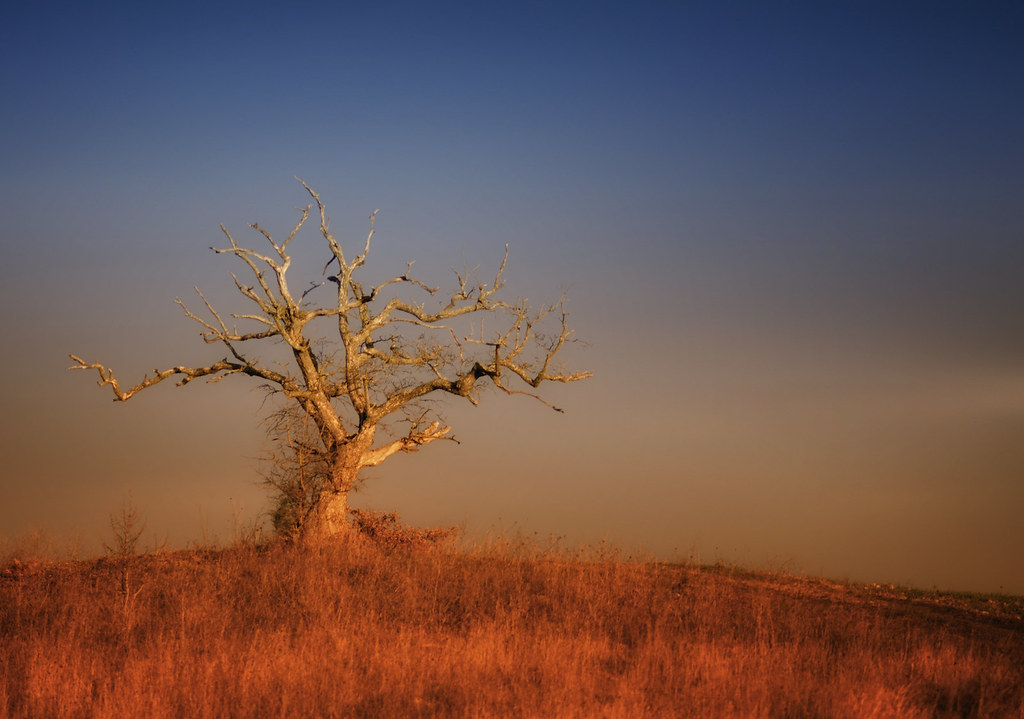In the Marshall Islands, they collaborate on the basis of plans to adapt to sea rise
- In the Pacific, the Marshall Islands are one of the most fragile countries facing climate change, due to the direct threat of rising sea levels. The local government has implemented a comprehensive adequacy plan, in collaboration with the population, with the aim of building a bottom-up plan. Their success depends largely on international aid, because without it they could not. However, its objective is to create a model of exemplary adaptation at global level.

The Marshall Islands are located in the Pacific, halfway between the Papua New Guinea and Hawaii Islands, with five islands and 29 narrow atolls, a few meters from sea level. 99.96 per cent of this state ' s surface is the ocean, the largest proportion of the world ' s oceans, with only 181 km2 of land area (joining Irún, Lesaka, Bera and Urruña, we would have more area). In the smaller atolls of the villages, only one road and a line of houses have been built due to their narrowness.
In this geography, which seems precarious, 42,000 people live and, previously, the ancient Marshall of today has lived 3,200 years in which cultivation (taro, bread tree, coconut and palm) and fishing with complex navigation systems are developed. The first European to visit the islands was Biscayan Alonso Salazar, and one of the following explorers was Miguel López Legazpi, who began colonizing the West Philippines. The colonization of the Marshall Islands itself began in the 19th century, when Britain and Germany agreed with each other that that part of the world would be left to Germany. At the beginning of the twentieth century they were conquered by Japan, and in 1946 EE.UU, from then until 1958 they tested 67 nuclear bombs, as Pello Zubiria explains in his report on the 2468 ARGIA Marshall Island nuclear bomb ban.
In short, finding with great military powers did not bring many benefits to the Marshall: In the 19th century, influenza, measles, syphilis, typhoid fever and alcoholism, the secondary effects of World War II in the 20th century and diseases after nuclear tests. By the decision of the Nuclear Claims Tribunal, the 2 billion due to them EE.UU. have not yet been fully acquired. If this situation is not difficult enough, the effects of climate change have been added in recent years. Drought and the rapid rise in sea level hamper their activities, especially in the most distant atolls. Being heavily dependent on cultivation, how can trees survive in retrospective lands and in conditions of scarce rainfall?
Community as a basis for adaptation
The local government, however, does not fail to do anything about these disasters. In fact, the adaptation plan developed has been applauded by experts. It's one of the most "concrete" adaptation plans that Michael Gerrard, professor of law at Columbia University and an expert in climate change adaptation policies, has seen, and is known as "deep" and "attentive." It says that the plan, like so many others, does not express concerns without taking action. No, it is a plan to initiate a systematic and thorough decision-making process. With the development of the plans, the government interviewed more than 3% of the population for 123 days, visiting 24 islands and atolls. To date, the only national adaptation plan that has implemented community participation is that of the Caribbean island of Saint Lucia, where only 100 people have been interviewed.
Kathy Jetil-Kijiner is a Marshall poet and activist who participated in these interviews. Grist explained to the media that they are going to make major changes in their islands, which cannot work if it is a unilateral government decision: it must come from the community itself because the community has its effects. Yes, democracy exists in this world.
They say that almost half of the Marshall people interviewed have noticed an increase in sea level and that almost a quarter have suffered a low level of drinking water. More than 20% say climate change threatens their food security. The situation in the Northern Islands is particularly harsh. The Wotho Atoll has long been one of the main food production centres of the islands, while currently wells provide salt water and trees growing on salt soil give corrupt fruit. By the peeled corals have gone fish, during the pleamar water enters several houses and in each storm the road is flooded. This is just the beginning: even on the most optimistic climate routes, sea level rise can reach 60 centimeters before the end of the century. Instead of living there in fresh waters or eternal sea floods, thousands of citizens should leave the islands.
"Here we die."
Although forecasts are dark, respondents do not prioritize leakage: 99% exclude the option. You explain, "Here we die." One of the interviewers hopes that his house will stand until he dies, that he will never become a refugee climate and that the Marshall Islands will continue.
Prioritised alternatives as solutions are coastal protection, the use of nature-based resources to mitigate the impact of storms, improved freshwater use and land management.
All these possibilities for adaptation have a common element: funding. In other words, without international aid, the Marshall Islands will hardly be able to achieve this: They would need $35 billion, or $730,000 per inhabitant. This issue will be on the agenda of all future POPs and not only in this small nation of 48,000 people. As explained by the Government's climate delegate, Tina Steg, in more than one COP, if adaptation to different regions makes the difference between a bad and worse situation, for the Marshall Islands the difference between survival and disappearance. According to Kathy Jetil-Kijiner, in addition to protecting the territory in the best possible way, they aim to establish a model for the adaptation plans, regarding the commitment to the community and the willingness to build the adaptation from below.
The motto of the Marshall Islands is Jepilpilin ke ejukaan: Achieved through joint effort. The Basques are not surprised. This model should also protect itself as best as possible. And if we can't save all atolls, at least let's help their expansion.
Klima aldaketaren eraginez, munduko lurralde gero eta gehiago idortzen ari dira, milioika pertsonaren jarduera eta bizimoduak kolokan ezarririk. Fenomeno horren frontean dago India erdialdeko Maharashtra estatua, non klimaren berotzeari eta lehortzeari metatu zaizkien oihan... [+]
Today’s Venice is built on an archipelago of 118 islands. These islands are connected by 455 bridges. The city is based on mud rather than Lura. Millions of trees in the area were cut down from the 9th century onwards to build piles and cement the city. Years have passed and... [+]
Lurrak guri zuhaitzak eman, eta guk lurrari egurra. Egungo bizimoldea bideraezina dela ikusita, Suitzako Alderdi Berdearen gazte adarrak galdeketara deitu ditu herritarrak, “garapen” ekonomikoa planetaren mugen gainetik jarri ala ez erabakitzeko. Izan ere, mundu... [+]
Eskola inguruko natur guneak aztertu dituzte Hernaniko Lehen Hezkuntzako bost ikastetxeetako ikasleek. Helburua, bikoitza: klima larrialdiari aurre egiteko eremu horiek identifikatu eta kontserbatzea batetik, eta hezkuntzarako erabiltzea, bestetik. Eskola bakoitzak natur eremu... [+]
Agintari gutxik aitortzen dute publikoki, disimulurik eta konplexurik gabe, multinazional kutsatzaileen alde daudela. Nahiago izaten dute enpresa horien aurpegi berdea babestu, “planetaren alde” lan egiten ari direla harro azpimarratu, eta kutsadura eta marroiz... [+]
Biologian doktorea, CESIC Zientzia Ikerketen Kontseilu Nagusiko ikerlaria eta Madrilgo Rey Juan Carlos unibertsitateko irakaslea, Fernando Valladares (Mar del Plata, 1965) klima aldaketa eta ingurumen gaietan Espainiako Estatuko ahots kritiko ezagunenetako bat da. Urteak... [+]
Nola azaldu 10-12 urteko ikasleei bioaniztasunaren galerak eta klima aldaketaren ondorioek duten larritasuna, “ez dago ezer egiterik” ideia alboratu eta planetaren alde elkarrekin zer egin dezakegun gogoetatzeko? Fernando Valladares biologoak hainbat gako eman dizkie... [+]
Eskoziako Lur Garaietara otsoak itzularazteak basoak bere onera ekartzen lagunduko lukeela adierazi dute Leeds unibertsitateko ikertzaileek.. Horrek, era berean, klima-larrialdiari aurre egiteko balioko lukeela baieztatu dute, basoek atmosferako karbono-dioxidoa xurgatuko... [+]









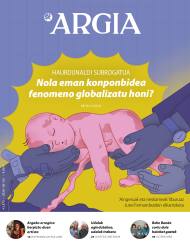


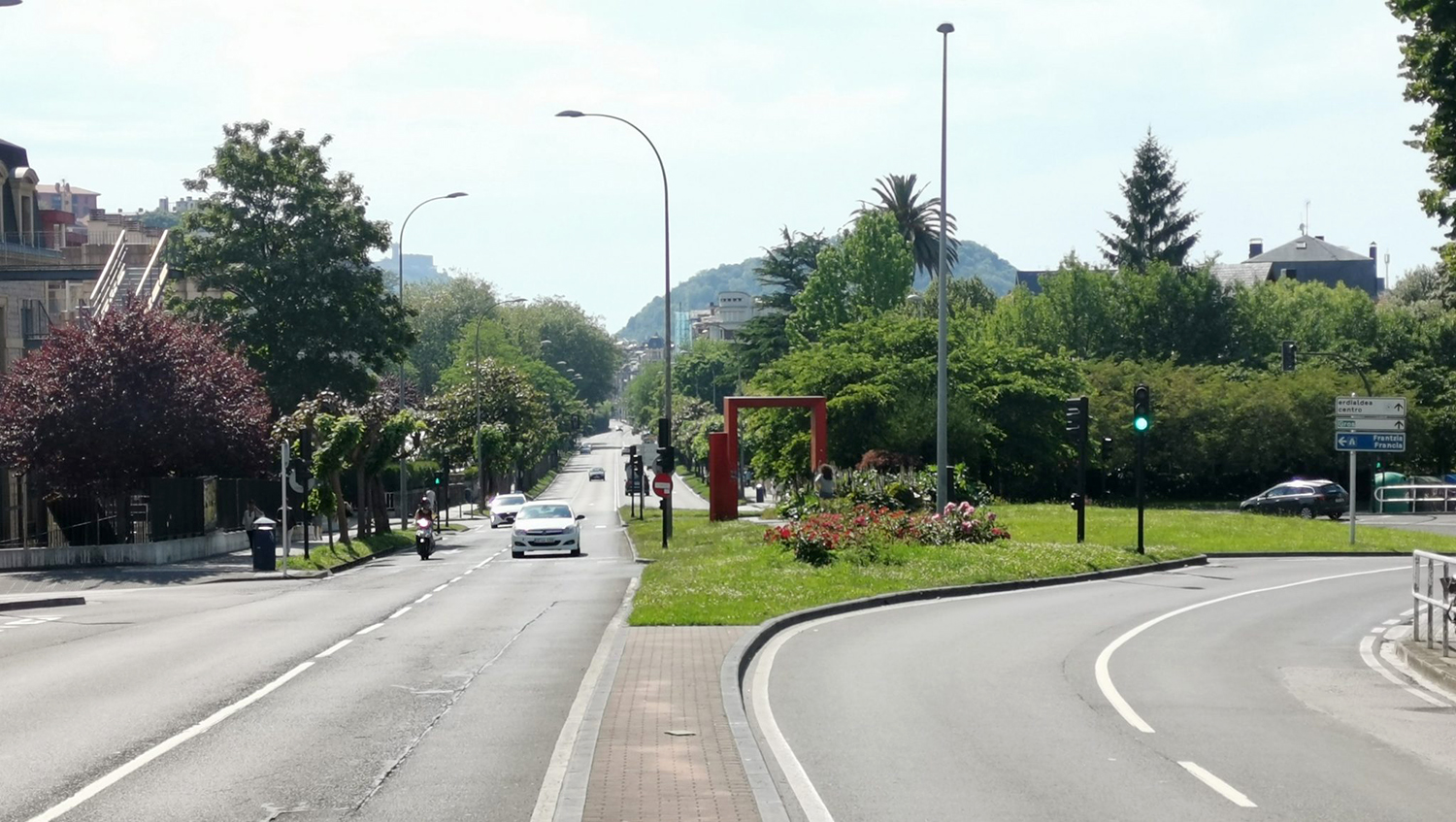





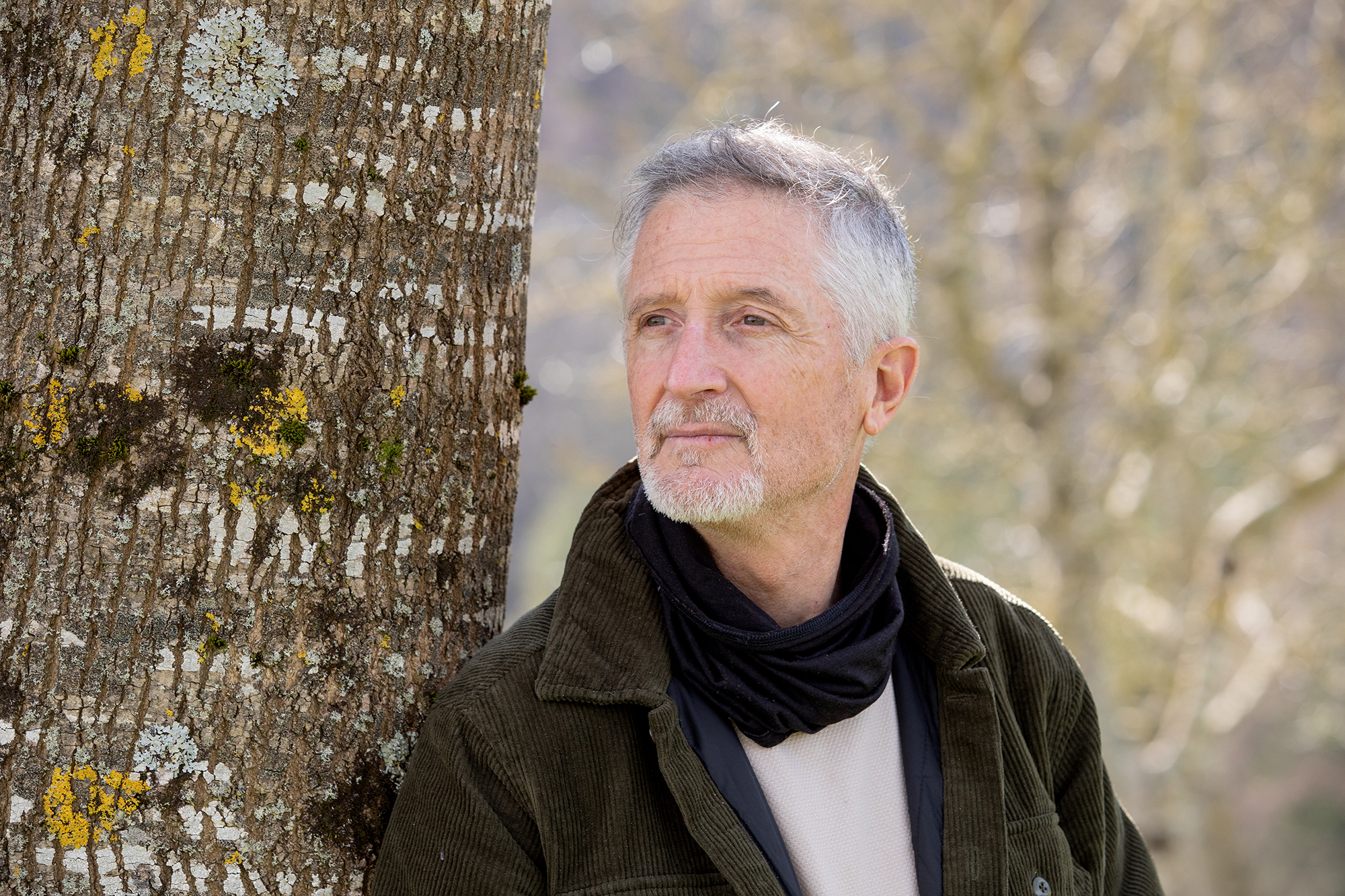
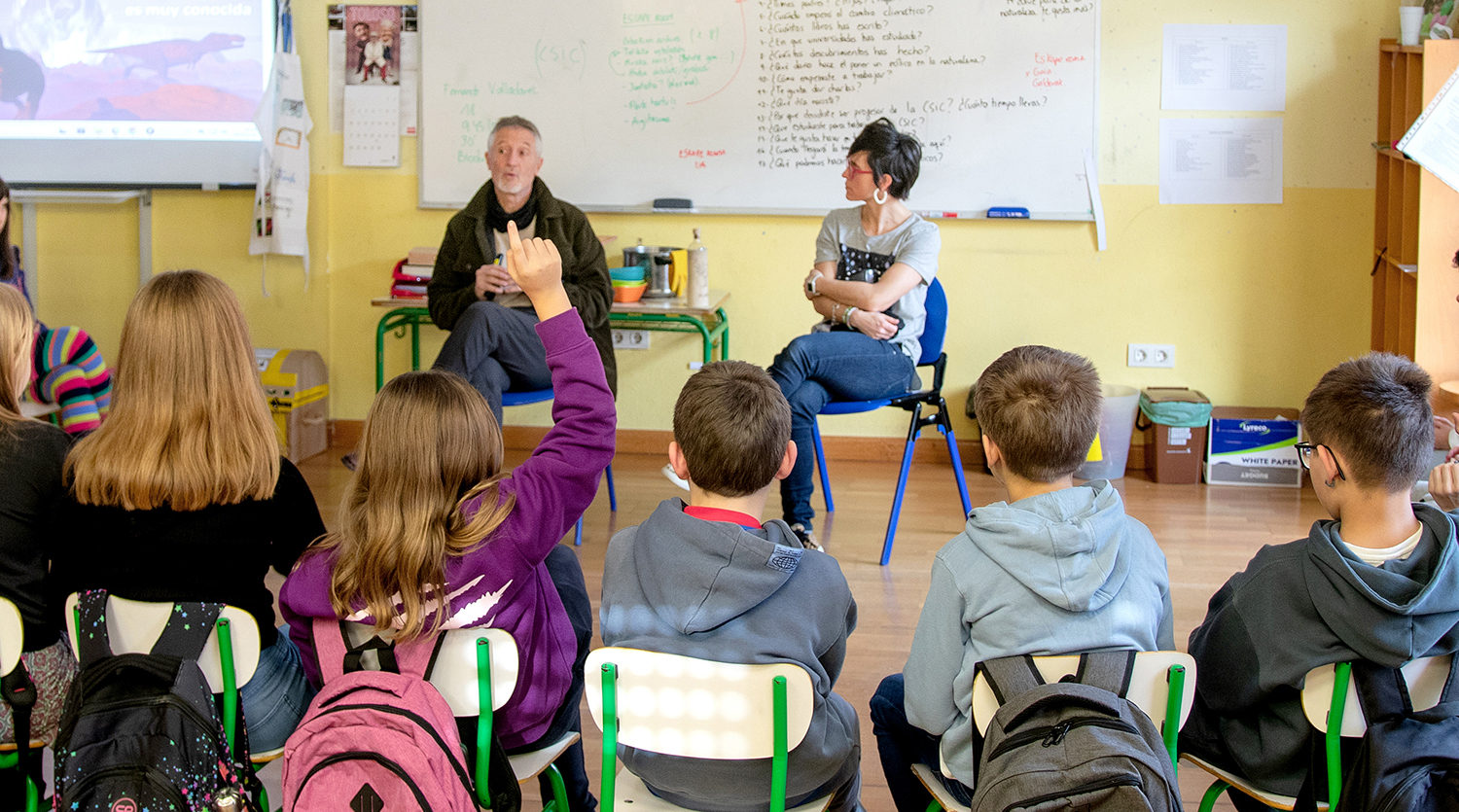

_Glaciar.png)
